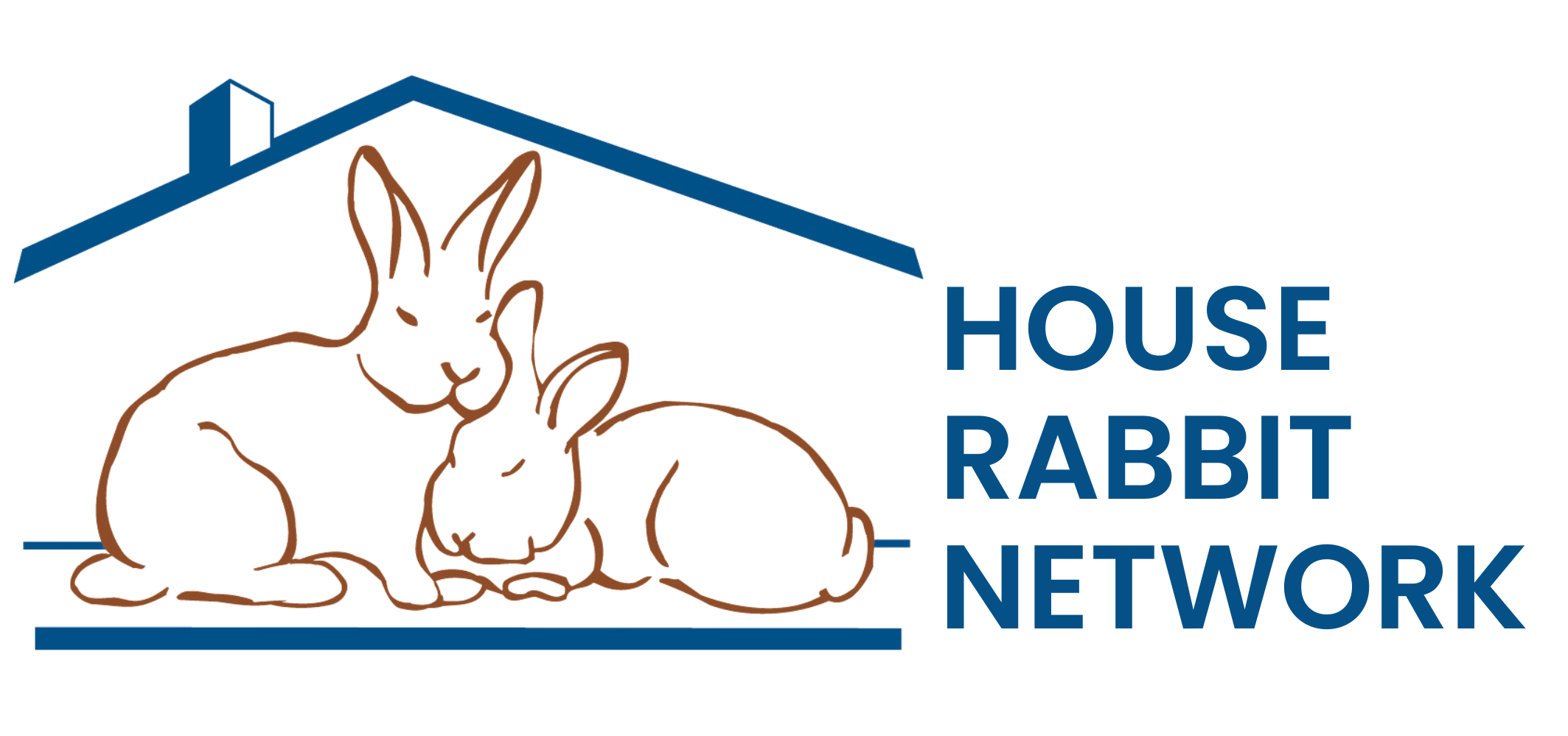All About Sore Hocks
The Condition and Symptoms:
Sore hocks or pododermatitis is a pressure-related condition in which the “soles” (weight-bearing undersides) of rabbits’ feet become raw and inflamed, and in particularly severe cases, ulcerated. Pale pink calluses covered by a fold of fur can often be seen on the bottoms of rabbits’ paws, and rabbits can live comfortably with them. Pododermatitis arises when these sensitive areas become highly aggravated. If the state becomes very serious, oozing ulcers will develop, making the rabbit vulnerable to infection. The condition is painful for the rabbit and often irreversible.
The Causes:
Rabbits can be genetically predisposed to pododermatitis. Rexes, which have thinner fur pads protecting paw bottoms, are naturally more vulnerable to sore hocks. Larger breeds also inherently carry more weight on their hocks, and this can promote the development of sores. Genetic predispositions are greatly exacerbated by environmental factors, and even rabbits without any genetic inclination can suffer from sore hocks if exposed or subjected to the following conditions:
- extended periods of time in confined spaces
- extended periods of immobility, prolonged time sitting on wired or hard surfaces with little “give” or pliability
- damp or unhygienic surroundings
- overgrown nails
- obesity.
In order to better comprehend how or why the above factors can aggravate pododermatitis, consider your rabbit’s physical build, which has evolved for its “natural” living environment on earth and grass. Both of those naturally occurring surfaces are far more compliant and porous than wire, carpeting, wood and other indoor and synthetic surfaces. Our companion animals are descendants of rabbits who performed most or all of their daily activities (i.e., eating, sleeping, running, and playing) on surfaces into which nails and paws can sink. These more forgiving surfaces help reduce weight-related pressure and force on the rabbit’s hocks.
The Treatment:
Of course, the best treatment is prevention. There are several ways to prevent the development of sore hocks, including these tips:
-
- Create soft, flat, and non-wire surfaces for your rabbit. Hay and a meshy, absorbent litter or bedding (e.g., Carefresh) will offer less resistance to your rabbit’s weight, allowing nails to sink into the material, and will remove pressure from the underside of the foot. If your rabbit spends time in a wire cage, cover a portion of the floor with a soft implement (such as fleece or faux sheepskin), which will help to evenly distribute pressure on the rabbit’s hock while s/he is resting on the surface.
Clip toenails regularly. Once again, short nails will assist in distributing weight more evenly on the base of the foot. Longer nails cause the rabbit to shift more weight to the back of the paw, stressing that area, and increasing the potential to form sores.
- Keep your rabbit’s home clean and dry. Disinfect litter boxes, cages, or penned areas. Change litter regularly, and ensure that the rabbit’s space is dry. These preventative steps will protect your rabbit from infection and ensure that your rabbit’s natural protective mechanism (i.e., the paw’s underside fur) is in peak condition.
- Soak and compress the hock area with tea bags to toughen existing calluses.
Check your rabbit’s paws regularly for indicators of sore hocks. If you see symptoms of pododermatitis, improve your rabbit’s environment, and treat the existing condition right away.
For situations that have already become serious, medical treatments include:
- Topical antibiotics and other soothing ointments (zinc or iodine), and
- Systemic antibiotics (to address possible infection), if ulcers are present.
Sore hocks are notoriously difficult to treat, and a challenge to prevent. You can avoid pododermatitis by providing your rabbit with a clean, soft, and hygienic lifestyle, and by being attentive to his or her physical condition. However, even some of the most pampered rabbits still develop pododermatitis. If you notice that your rabbit’s hocks have become somewhat raw, immediately improving your rabbit’s living environment and soothing the area with a topical ointment can promote recovery and prevent development of an acute condition. If the situation appears to worsen, contact your bunny-savvy veterinarian, as a prescribed treatment may be necessary.
Note: New-Skin has been a great and highly effective treatment for sore hocks. It provides extra cushion to take weight off the hock, and protects the inflamed area, allowing it to heal. Just place some on the affected area and hold your bunny until it dries. Each treatment will last several days.
by Tania Castaneda
